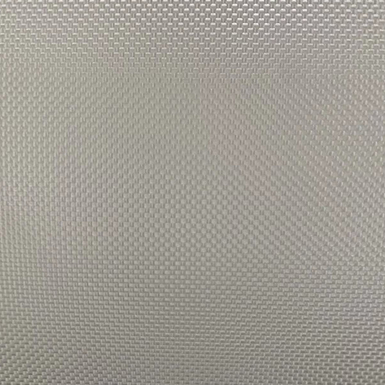Architectural membrane fabrics have emerged as a revolutionary material in the world of building design, pushing the boundaries of creativity, sustainability, and functionality. These versatile fabrics, often made from synthetic fibers like polyvinyl chloride (PVC) or polytetrafluoroethylene (PTFE), have transformed the way architects and designers approach the construction of iconic structures.
Architectural membrane fabrics offer a myriad of advantages that make them an attractive choice for contemporary buildings. One of the key benefits is their lightweight nature, which allows for expansive spans without the need for additional structural support. This characteristic opens up new possibilities in architectural design, enabling the creation of large, open spaces with minimal obstruction.
Another remarkable feature of architectural membrane fabrics is their translucency. These fabrics possess light-transmitting properties, diffusing natural light to create a visually stunning and immersive indoor environment. The use of natural light not only reduces the need for artificial lighting but also creates a harmonious connection between the built environment and the surrounding landscape.
Moreover, architectural membrane fabrics excel in terms of energy efficiency. By incorporating solar control features, these fabrics can regulate the amount of heat and light entering the building, reducing the reliance on air conditioning and artificial lighting. This energy-saving aspect contributes to sustainable building practices, reducing both the carbon footprint and operating costs of structures.
Architectural membrane fabrics are also highly durable and weather-resistant. Engineered to withstand extreme weather conditions, including heavy rain, snow, wind, and UV radiation, these fabrics provide long-term protection and performance. They are designed to resist fading, degradation, and microbial growth, ensuring the longevity and aesthetic appeal of the structure.
The flexibility of architectural membrane fabrics enables their application in various building types and shapes. These fabrics can be tensioned and manipulated to form intricate and unique shapes, such as domes, canopies, and curvilinear structures. This versatility allows architects and designers to push the boundaries of traditional construction and create iconic landmarks that capture the imagination.
In addition to their functional attributes, architectural membrane fabrics contribute to sustainable design practices. They are often recyclable and can be repurposed or reused at the end of their lifespan, minimizing waste and promoting a circular economy. The lightweight nature of these fabrics also reduces transportation costs and the environmental impact associated with construction materials.
The aesthetic appeal of architectural membrane fabrics is undeniable. With a wide range of colors, patterns, and translucencies available, these fabrics offer endless design possibilities. Whether creating a striking visual statement or blending harmoniously with the surrounding landscape, architects can achieve their creative vision while enhancing the overall aesthetics of a structure.
Architectural membrane fabrics are revolutionizing the world of building design, enabling architects and designers to create awe-inspiring structures that are sustainable, visually stunning, and functional. Their lightweight nature, translucency, energy efficiency, durability, and aesthetic versatility make them an ideal choice for contemporary and future-forward architecture. As the construction industry continues to prioritize sustainability and innovation, architectural membrane fabrics will continue to shape the skylines of cities around the world.


.png)
 English
English 中文简体
中文简体















